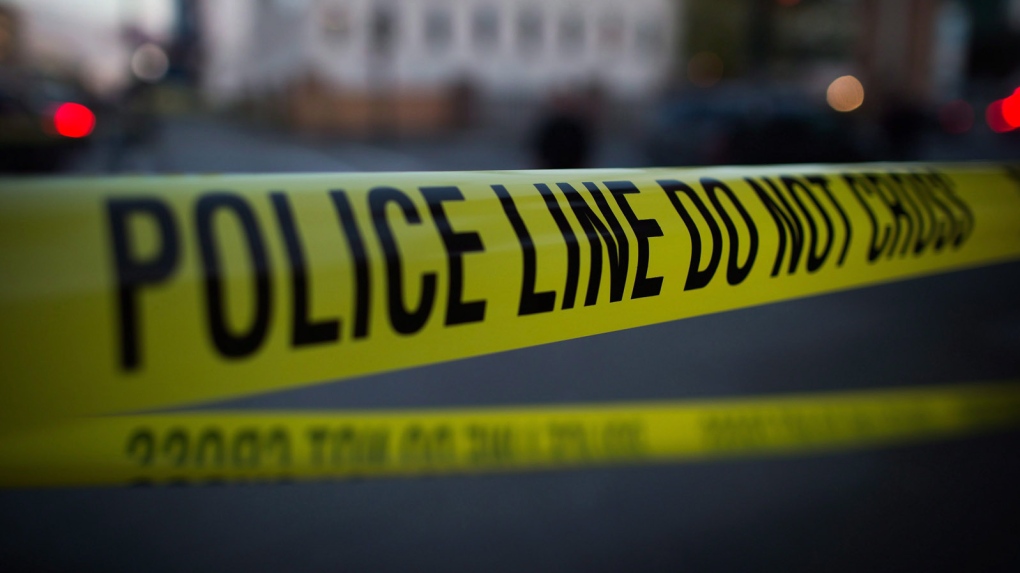What’s happening behind that yellow tape at a crime scene? That’s an intriguing question for anyone witnessing detectives securing a crime scene.
While most people obviously will be interested in why the tape went up in the first place, crime scene investigation fans may want a run-down of what happens when law enforcement officials and detectives document what’s happening behind the scenes.
While every crime scene investigation is unique in its complexities—from the location to the circumstances of the person victimized, investigators will generally follow this step-by-step process in logging the scene of a crime.

1. Identify the dimensions of the crime scene. In most cases, police officers will be at the scene of the crime first—responding to a 911 call. As soon as they arrive, they must quickly access the scene—first determining if there is still a potential for danger, and then identifying an area large enough to contain any apparent evidence.
2. Secure the area. This next step, which is critical to the successful outcome of the investigation, is typically where the crime scene barricade tape comes into the picture. Additional law enforcement officials may stand outside the perimeter of the crime scene to ensure that civilians, media or others who are not part of the investigation stand clear of the area.
Most crime scene investigation fans understand why this is critical: Any intrusion on the crime scene could quickly disrupt the investigation and the preservation of the evidence. However, neighbors and the media may have a different agenda; they may be trying to get answers out of curiosity or to get the facts of what happened for a news story
Professional crime scene investigators are highly trained in ways to avoid disturbing any evidence that could lead to them catching the perpetrator. They tread carefully, refraining from smoking, drinking, eating or moving around too much while at the crime scene. However, even they could run the risk of accidentally disturbing evidence, including DNA evidence, trace evidence and footprints, that may not be readily apparent.
3. Collaborate on a plan. Setting the stage for what happens next also is a critical step; it represents the foundation for reconstructing the criminal incident — one that will hold up in a court of law.
That foundation can include:
- Assessing the type of crime that was committed
- Checking and minimizing threats to the evidence, including people and climate conditions, especially if part or all of the crime scene is outdoors
- Assessing the need for additional experts and resources
- Establishing a comprehensive plan for moving forward with the investigation, one that is communicated to all team members
4. Thoroughly document the crime scene. Every minute detail of the crime scene must be treated with utmost importance. In many cases, the investigators will need to discuss evidence as part of a courtroom presentation. That’s why this can be a time-consuming process that involves the following steps:
- Providing details on the note taker (themselves), and the circumstances that brought them to the crime
- Videotaping the crime scene to provide a perspective on what was seen
- Taking photographs of all elements of the crime scene, including notes to establish the reason for why the photographs were taken
- Sketching the crime scene, including the dimensions of the area and the distance of objects from each other
- Describing the victim, including approximate age, gender, height, weight, clothing and other characteristics
- Assisting with interviewing witnesses, if necessary, documenting any statements
- Taking thorough notes in chronological order about the crime scene, including a summary, a detailed description of the scene and the position of the body, the type of evidence collected, weather and other environmental conditions, etc. This must be done as an objective task. No assumptions or theories should be made at this point.
- Documenting who assisted in the crime investigation and what their role was
5. Record and preserve all evidence. During this phase, which can be done simultaneously throughout the documentation phase, investigators will spend a significant amount of time detailing all evidence collected at the crime scene in writing, being careful to include all relevant details—the date, case number, where it was found, in what condition, who found it and bagged it, etc.
- Again, this is a meticulous process that must be followed to ensure that the any evidence will hold up in court as admissible, The steps in this phase include:
- Taking an inventory of all evidence by logging it according to the agency’s standards
- Ensuring that evidence is stored in proper bags (i.e. paper bags for DNA samples)
- Ensuring that a proper chain of custody is followed and documented as the evidence is transferred from one place to the other, including storage facilities and the laboratory where it will be examined
- Creating descriptions to match photographs and other details captured at the scene
- Making sure all details are organized and captured in chronological order
- Keep track of the time when details were observed and logged
Relying on the power of observation—from beginning to end
At every phase of an investigation, from the moment the crime scene investigators arrive at the scene, the team must rely on their ability to observe and capture every detail.
This step-by-step process—including assessing the crime area, reporting on and sketching the crime scene in detail, and detecting, preserving and documenting evidence—helps the investigative team capture the story that can lead to them finding justice for the victim.

